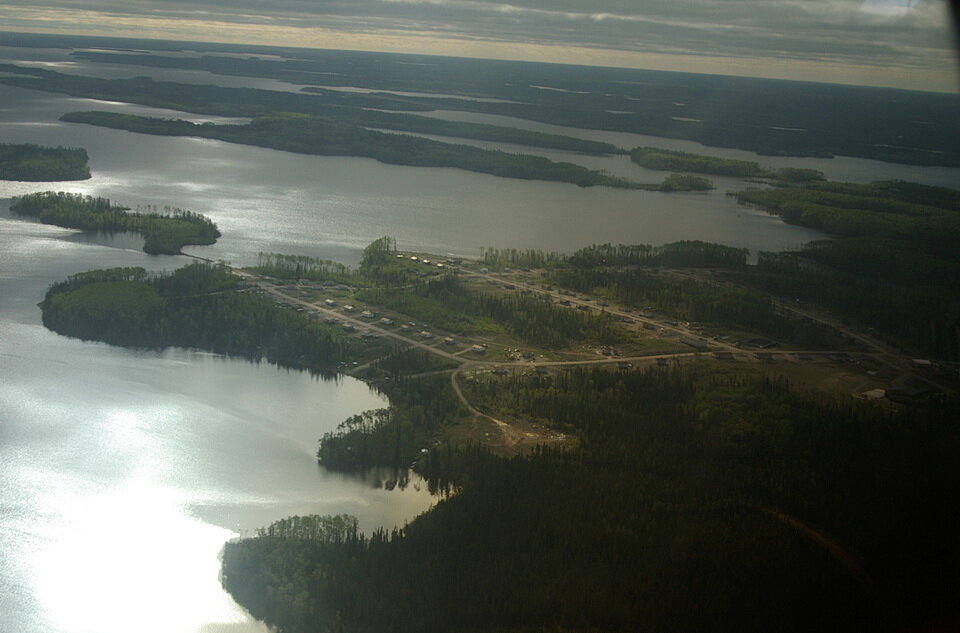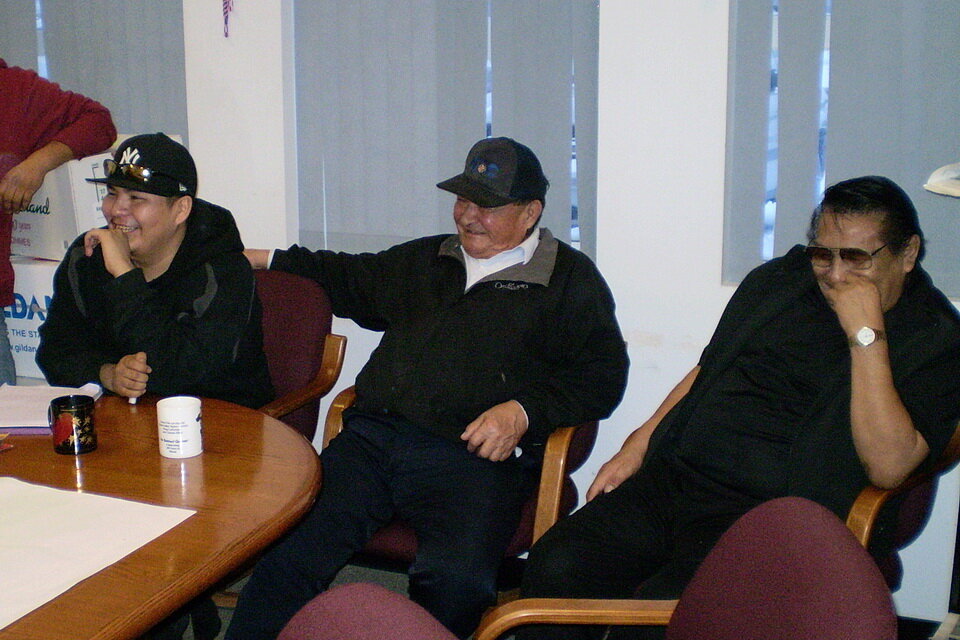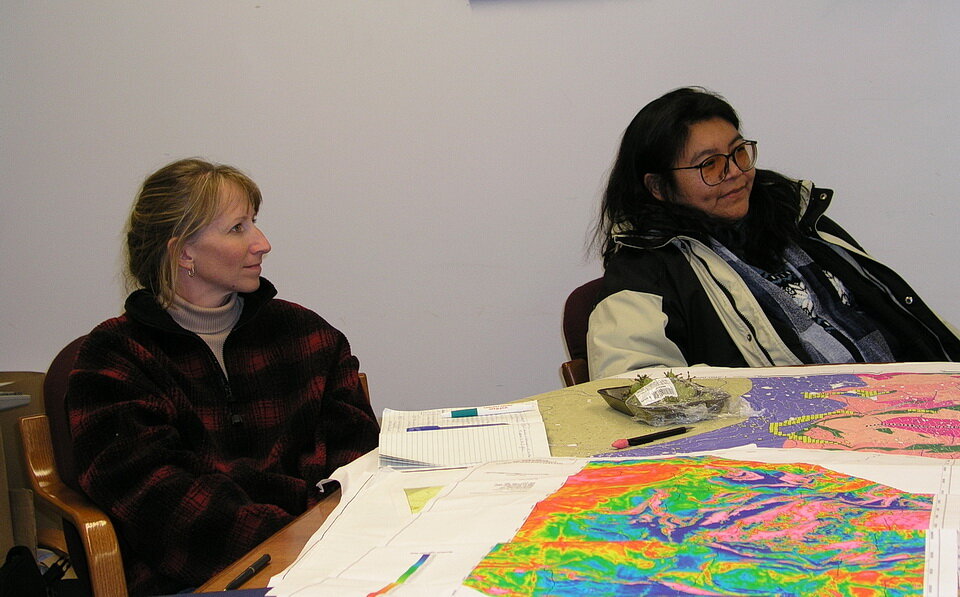Far North Rambles #18: Ishkonigan - Left Over Land
Far North Friday: Ishkonigan - Left Over Land: I try to keep the politics off my Facebook pages and this website as much as possible. But I do try to provide insights about topics that may be new to some people with the hope that we will all understand the world, or perceptions of the world, a little differently. Some of those insights are political, or have political overtones. This is one of those topics.
I was taught a lot during my time traveling across Ontario’s Far North, mostly by First Nation people who live in the remote parts of northern Ontario, but also other parts of Canada. I did commit to them to share, where appropriate, some of those insights with non-First Nation people so that we, including myself, can acquire a better understanding of the realities faced by indigenous people living in the Far North. As a reminder, I don’t, and can’t, speak for anyone but myself.
One of the first understandings I learned is embraced in the word “ishkonigan”. In my phonetic dictionary, I heard the word pronounced “e-squin-ahgin” in the Oji-Cree dialect of Webequie First Nation (I don’t hear very well, so my phonetic description may be incorrect). If you look up that word in your favourite First Nation language dictionary, it is likely described as “Indian reserve” (Photo 1).
Photo 1: The photo shows an older image of the community of Lansdowne House, in the homeland of Neskantaga First Nation, composed as the aircraft was taking off and ascending from the local airport; hence the tilted horizon. Image by Andy Fyon, May 27, 2005.
Now, a digression: you may have heard the most indigenous languages are descriptive. I learned that “simultaneous translation” at meetings, from English to the local First Nation language and visa versa, is not actually a translation. It is a simultaneous interpretation of intent and meaning, achieved through the descriptive indigenous language.
That learning became clear during one of our Oji-Cree language lessons in Webequie. Elder Josie Jacob and elder Ananias Spence (Photo 2), Webequie First Nation, explained to us, almost certainly with the help of Elsie MacDonald (Photo 3), daughter of elder Josie, that “e-squin-ahgin”, known in other dialects as “ishkonigan”, actually meant “left over land”. Now, pause and have a think. “Left over land” is the First Nation understanding of reserve land. Not prime land. Not fair land. But “left over land”, administered on behalf of the First Nation people by the Canadian Federal Government.
Photo 2: Left to right, Jon Spence, who was the community project lead, Elder Josie Jacob and Elder Ananias Spence. This was one of many land-related project meeting held to discuss the collaborative traditional ecological project. The meeting was held in the band office, Webequie. Image by Andy Fyon, Dec. 5, 2007.
Photo 3: A project meeting discussion about results of an airborne geophysical survey over the homeland of Webequie First Nation. Surveys like this help the geologist and land-use planners understand what the rock geology is buried beneath the glacial deposits. This is one type of information that can be used to guide land-use planning decisions. left to right: Lori Churchill (MNDM-Ontario Geological Survey, Results and Project Management Coordinator at the time) and Elsie Macdonald, Council Member and collaborative project bridge person, Webequie First Nation. Image composed by Andy Fyon in the band office, Webequie, Nov. 7, 2003.
We might reflect: a) was the intent of the treaties to be fair? b) was the intent of the treaties to be respectful?; c) was the intent of the treaties to be sharing agreements?; and d) was the intent of the treaties to maintain the honour of the Crown?
I leave those questions for you to reflect on, as a treaty person. Recall, we are all treaty people. The concept of “Left over land” stuck with me.
Andy Fyon, Sept 19, 2020 (Facebook, May 22, 2020). Jan 3/23.



